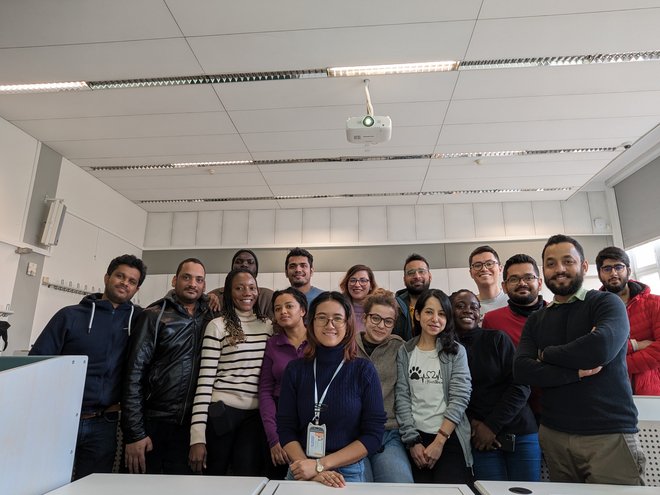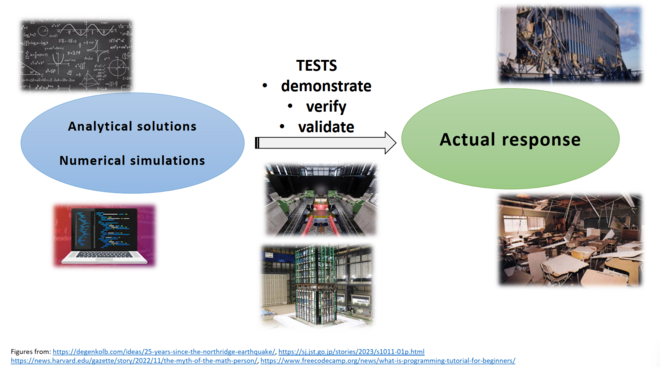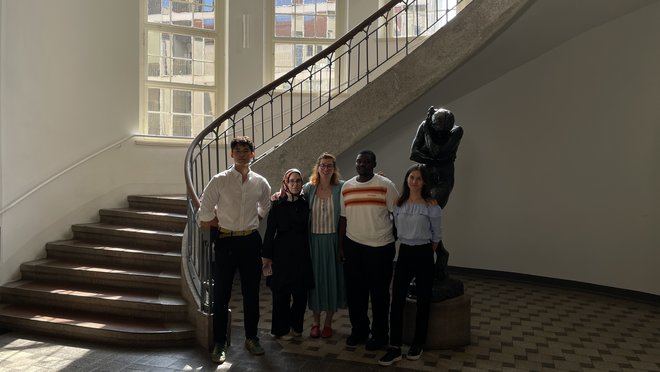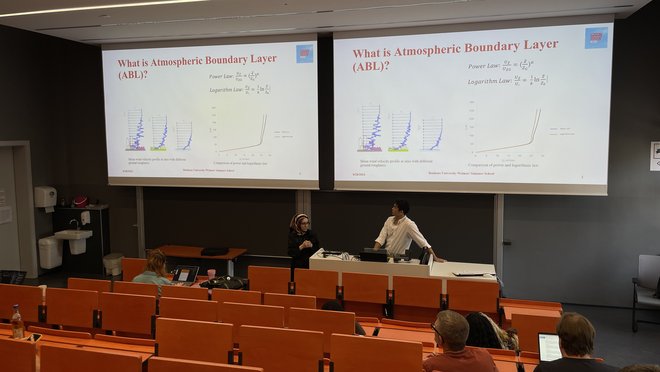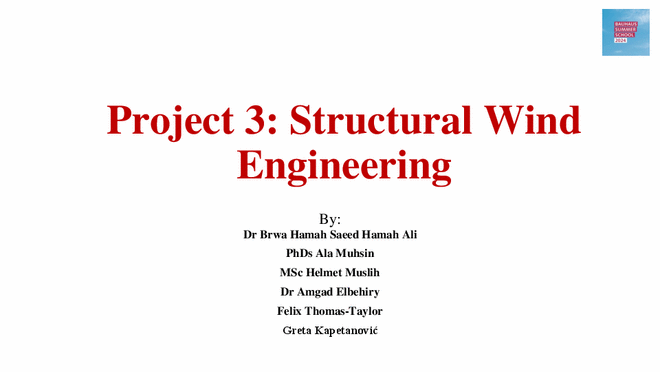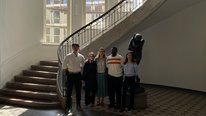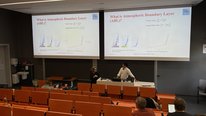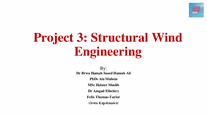Approach to learning
Engineering has always been a science where learning takes place through hands-on-experience. To encourage deep learning and get student involvement in my class, I will share the available hours between delivering concrete experience and building new knowledge in terms of what the students already understand. Knowledge is created during lectures and labs. Students are exposed to state-of-practice analytical, numerical and testing solutions. Active learning methods enable elaboration of new knowledge: in class polls, background knowledge probe, hands on experience, one-minute papers, collective insight on experiments, class brainstorming. Each class starts by recalling, summarizing, commenting on the previous class and connecting it to the present class. Feedback forms, distributed midterm, allow for redefinition of learning objectives if needed.
Applied Structural Dynamics (NHRE, 1st semester)
COURSE DESCRIPTION
In this course we investigate the physics that underlie the dynamic behaviour of structures. We make reference to elastic and inelastic systems, with classical damping mechanisms, used commonly in practice for the assessment of building structures under frequent and rare dynamic input motions (i.e. wind, earthquakes, blast loads). We apply and compare analytical and numerical methods to predict the system response under dynamic motions. Students of this course are provided the knowledge and tools requested in modern practice to design and verify man-made structures.
Class hours: Wednesday 9.15-10.45, Lecture Hall D, Marienstr.13C
Office hours: Thursdays, 16:00-18:00
Experimental seismic assessment of ductile steel members (open course, summer semester)
COURSE DESCRIPTION
As engineers, we have to resort to testing and analytical methods in order to establish with some confidence the strength and deformation capacities of conventional and new structural elements under seismic excitation, and thus quantify collapse safety in a reliable manner. In this class, students are exposed to state-of-practice design, testing and numerical tools for steel braced frames under seismic excitation. Students are motivated to do practice-oriented research, and build new knowledge on the basis of what they already know. They are organized in learning groups of 3 or 4 and work weekly towards a paper reporting and reflecting on quantitative and qualitative task.
This is an open course, that received the Lehr- Ideen award by the BUW Funding Committee for the Promotion of Teaching and Learning.
Class hours: Wednesday 9.15-12.30, Room 205, Marienstr.7B
Office hours: Thursdays, 16:00-17:30
Wind Engineering (within the module of Primary Risks and Hazards, NHRE 1st semester)
Three classes on wind codes and standards and performance-based design of wind-sensitive buildings!
Base isolation (within the module of Assessment of Structural Performance, NHRE 3rd semester)
Four classes on the theoretical basis of seismic isolation and passive supplemental damping, mechanical characteristics and modelling of isolators and design provisions of base isolation. Students shall apply the knowledge transferred in class through lectures and exercises in a group project on seismic retrofitting of masonry structures using seismic isolation.

